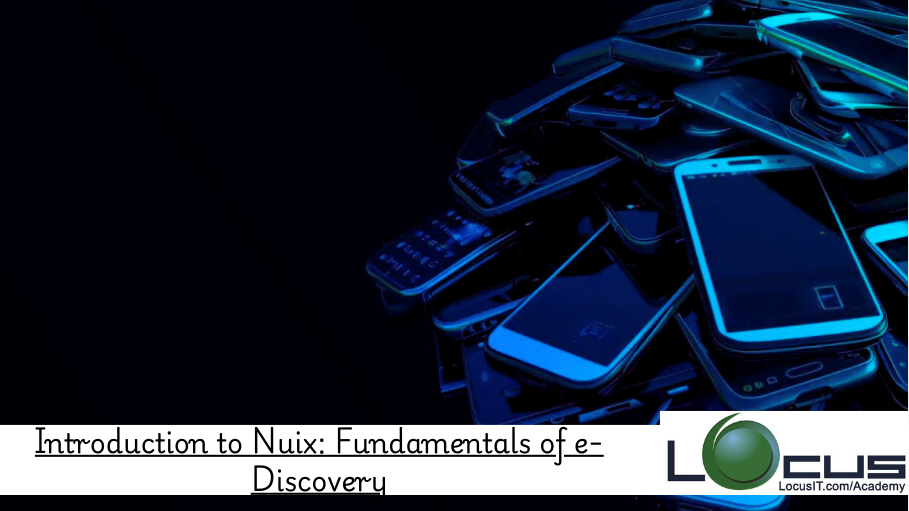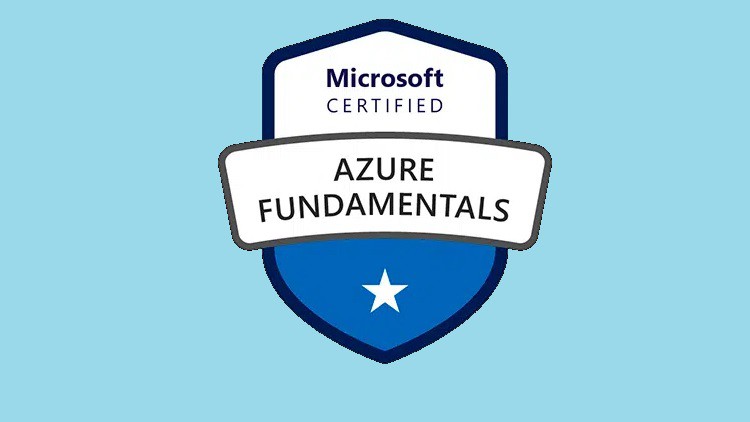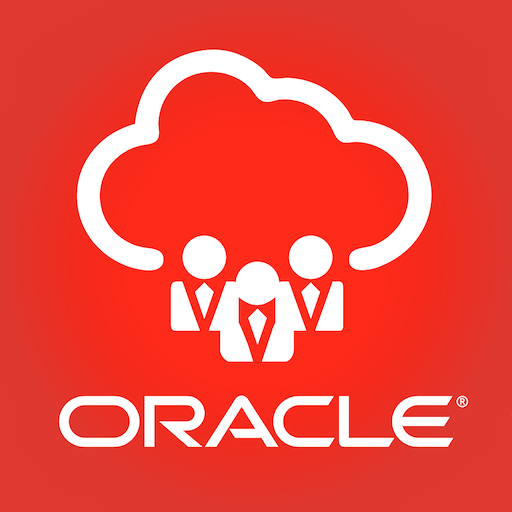1: Introduction to Nuix and Its Applications
1.1 Overview of Nuix for e-Discovery
1.1.1 Introduction to Nuix platform and use cases in e-Discovery and investigations.
1.1.2 Key features and advantages of using Nuix in legal workflows.
1.2 Nuix System Architecture and Data Processing
1.2.1 Understanding how Nuix processes and analyzes large datasets.
1.2.2 Overview of Nuix’s core technologies and architecture.(Ref: )
1.3 Getting Started with Nuix
1.3.1 How to install and configure Nuix for e-Discovery.
1.3.2 Navigating the Nuix user interface and key functionalities.
2: Importing and Processing Data in Nuix
2.1 Data Import in Nuix
2.1.1 Supported data formats and methods for importing digital evidence.
2.1.2 Best practices for preparing and importing large datasets.
2.2 Processing Data Efficiently
2.2.1 Steps in data processing: parsing, indexing, and normalization.
2.2.2 Handling metadata and ensuring data integrity during processing.
2.3 Hands-On Activity: Importing and Processing a Dataset
2.3.1 Participants will import and process a sample dataset to understand workflows.
3: Conducting Searches and Applying Filters in Nuix
3.1 Basic Search Techniques in Nuix
3.1.1 Performing keyword searches and applying Boolean operators.
3.1.2 Understanding Nuix search index and search query efficiency.
3.2 Advanced Filtering and Data Reduction
3.2.1 Utilizing filters and search facets to refine results.
3.2.2 Techniques for reducing large datasets with filtering options.
3.3 Hands-On Activity: Conducting a Search in Nuix
3.3.1 Participants will conduct searches and apply filters to narrow results.
4: Reviewing and Tagging Documents in Nuix
4.1 Document Review in Nuix
4.1.1 Overview of the document review process in Nuix.
4.1.2 Navigating documents, reading metadata, and previewing attachments.
4.2 Tagging and Organizing Documents
4.2.1 Creating and applying tags to documents.
4.2.2 Setting up review workflows for document categorization.
4.3 Hands-On Activity: Reviewing and Tagging Documents
4.3.1 Participants will perform document reviews and apply tags to relevant files.
5: Data Analysis and Visualization in Nuix
5.1 Analyzing Data in Nuix
5.1.1 Introduction to Nuix’s analytics capabilities for e-Discovery.
5.1.2 Using graphs, timelines, and charts to analyze datasets.
5.2 Data Visualization Techniques
5.2.1 Visualizing communication patterns, keyword frequencies, and document clusters.
5.2.2 Leveraging Nuix analytics to uncover hidden relationships in data.
5.3 Hands-On Activity: Analyzing and Visualizing a Dataset
5.3.1 Participants will perform basic analytics and visualizations on a dataset.
6: Reporting and Exporting Data in Nuix
6.1 Generating Reports in Nuix
6.1.1 Understanding Nuix’s reporting features for e-Discovery projects.
6.1.2 Customizing and generating reports to meet legal requirements.
6.2 Exporting Data and Document Sets
6.2.1 Best practices for exporting reviewed documents and metadata.
6.2.2 Formats supported for legal review and submission.(Ref: Getting Started with Nuix: Navigating the Interface)
6.3 Hands-On Activity: Generating a Report and Exporting Data
6.3.1 Participants will create a report and export documents based on dataset review.
7: Best Practices in Nuix for e-Discovery
7.1 Optimizing Workflow Efficiency in Nuix
7.1.1 Tips for setting up projects and managing large datasets.
7.1.2 Strategies for handling high data volumes and complex cases.
7.2 Common Challenges and Solutions
7.2.1 Addressing challenges in Nuix-based e-Discovery projects.
7.2.2 Troubleshooting tips for data processing, search, and export issues.
7.3 Hands-On Activity: Optimizing an e-Discovery Project
7.3.1 Participants will apply best practices to optimize an e-Discovery project.
8: Final Review and Case Study
8.1 Review of Core Concepts and Features
8.1.1 Recap of key functionalities in Nuix, from data import to reporting.
8.1.2 Emphasis on applying these features in real-world e-Discovery scenarios.
8.2 Case Study: Real-World e-Discovery Project
8.2.1 Participants will work through a case study to apply learned concepts in a full project.
8.3 Hands-On Activity: Case Study Implementation
8.3.1 Participants will complete a final hands-on activity, utilizing all aspects of Nuix.
Conclusion







Reviews
There are no reviews yet.